Iceland: A Bit of Adventure Across the Land of Fire and Ice
Synopsis of March 2 Presentation by Dan Teich, MSDC Member
by Andy Thompson, MSDC Secretary
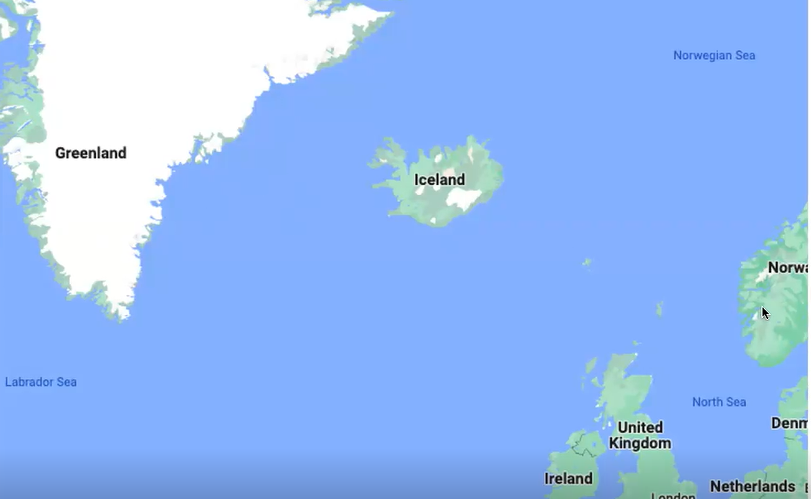
In October of 2021, Dan made his second visit to Iceland, along with Shawn and several friends. The island nation is located between Greenland to the west and Norway to the east. Dan's love for the geological uniqueness of the island came through as he shared their experiences within the southwestern triangular peninsula between the Keflavik airport, the capital city of Reykjavik, and the smaller town of Selfoss.
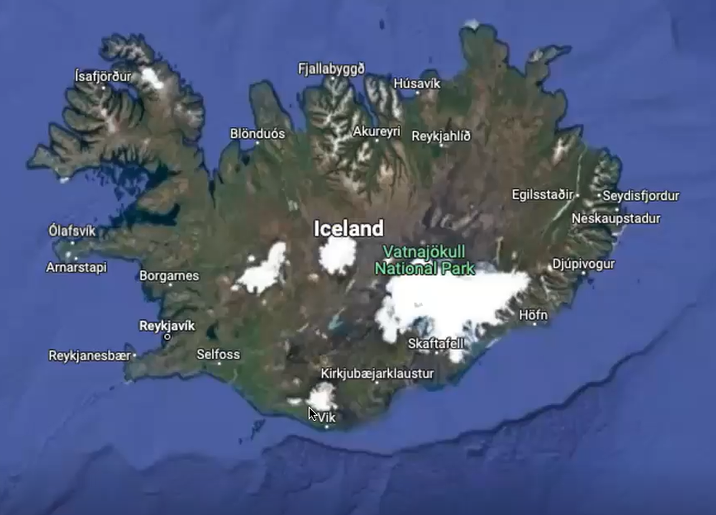
The island is young, having been in existence for only 18 to 25 million years, a product of a geological hot spot which has produced a barren land, devoid of trees, native animals (except for some artic foxes), 130 volcanoes, and abundant geothermal heat.
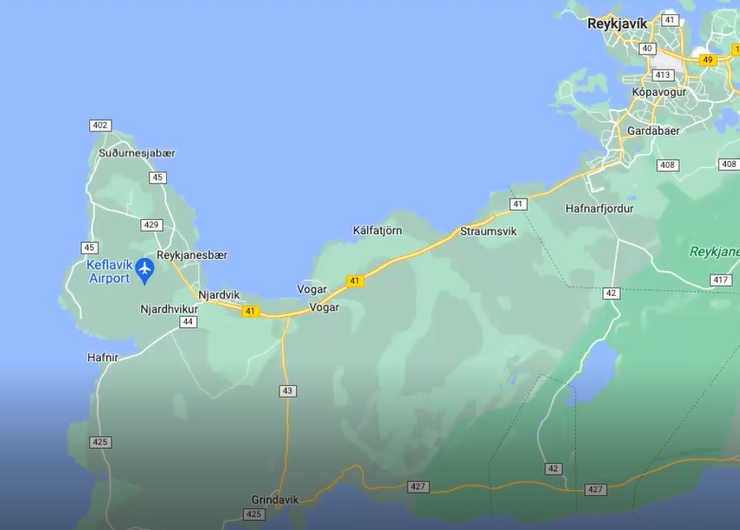
Geology, Dan said, is the defining force which has shaped the landscape and people’s lives. The geothermal energy is evident everywhere and there are also abundant rivers available for hydro-electric energy. The Gullfoss (Golden) Falls, shown below, suggests the potential of this second energy resource.
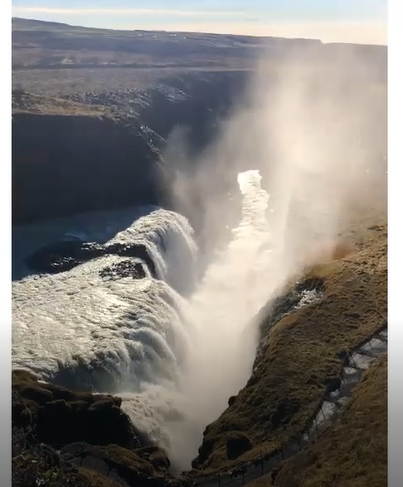
What makes Iceland so special is that it sits along the Mid-Atlantic Ridge, shown in the map below as one of the cross-hatched red lines. The south-to-north mid-ocean ridge splits Iceland in two. The North Atlantic continental plate moves west and the Eurasian plate moves to the east at a rate of about one inch per year. Iceland is the only place in the world where you can see those two tectonic plates and the Mid-Atlantic Ridge above ground.
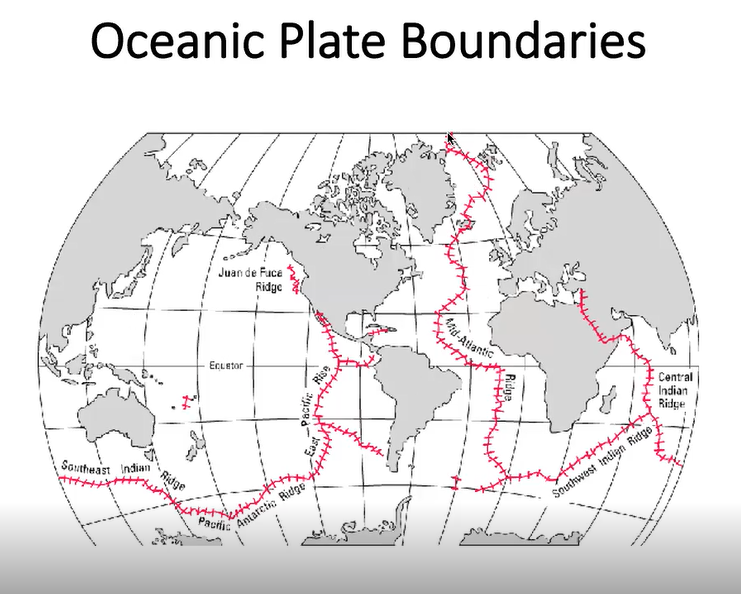
Today that crustal divide is several miles wide. Below are Shawn and Dan standing within the Mid-Atlantic Ridge, with Shawn on the North American plate and Dan on the Eurasian plate, posing as though they were in the exact middle of that crust and holding up the famous “Bridge Between the Continents.”
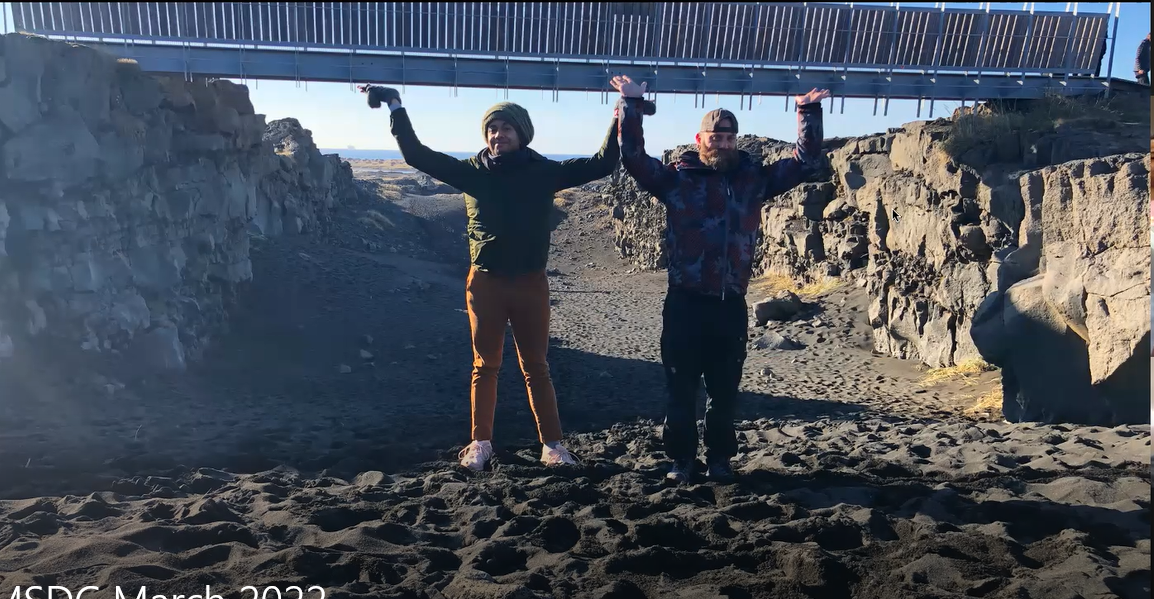
The people of Iceland have long expressed their belief in the special nature of this crustal divide and treasured the chasm, even though they had no geological knowledge of its cause.
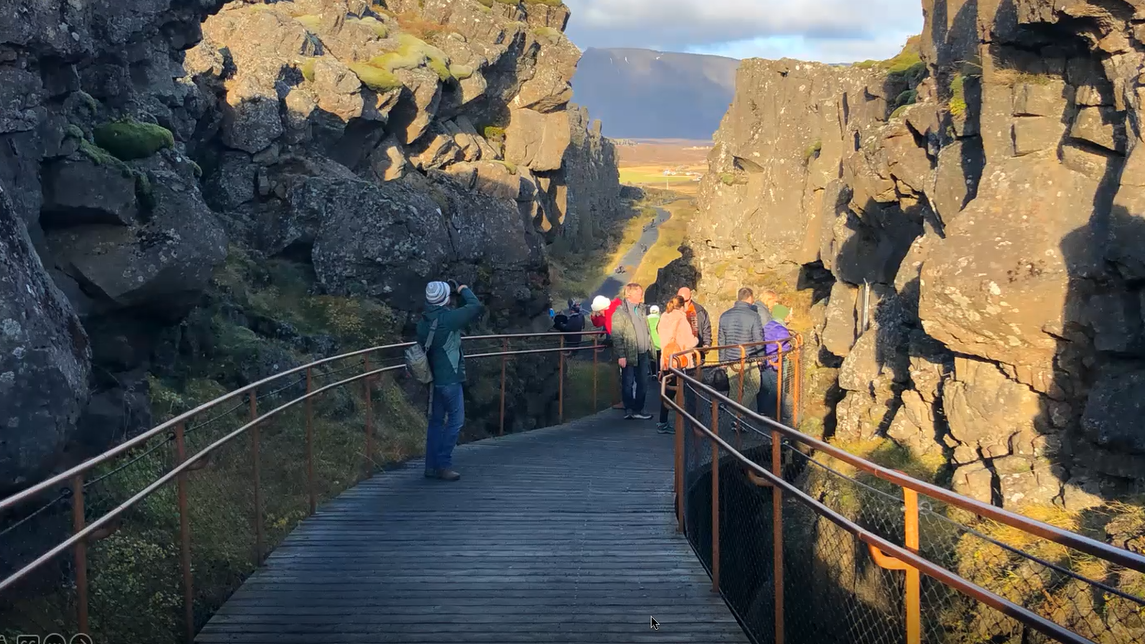
As early as a thousand years ago, the Icelandic parliament met annually within this special space. The area of Thingvellir, shown above, is east of Reykjavik, and is frequently visited by tourists, in part because it has been known as the site for the ancient annual Parliament meetings. That ancient traditional, yearly governmental meeting occurred for almost a thousand years, until the 17th century.
Dan disclosed that he felt he needed to pop a mythic bubble and explain the origins of the island’s health pools, with one of the largest shown below -- the Blue Lagoon. He said that over a hundred years ago, a gentleman found that bathing in the heated natural pools had for him a beneficial health benefit. Today, soaking in naturally heated geothermal waters has become a large industry.
Dan pointed out that between the heated water and the hydrothermal plant, there are man-made berms whose purpose is to obscure the actual source of the water, the hydroelectric plants. He explained that because of the high salt and sulfur content of the geothermally heated water from deep within the earth, it cannot be used for domestic consumption. As a result, the power plants transfer the heat of the mineral-rich water to the power plant’s pure water. Then the plants the discharge the salty and sulfur-laden water onto the land, and into pools thereby making it available for visitors who come for the enjoyment and health benefits.
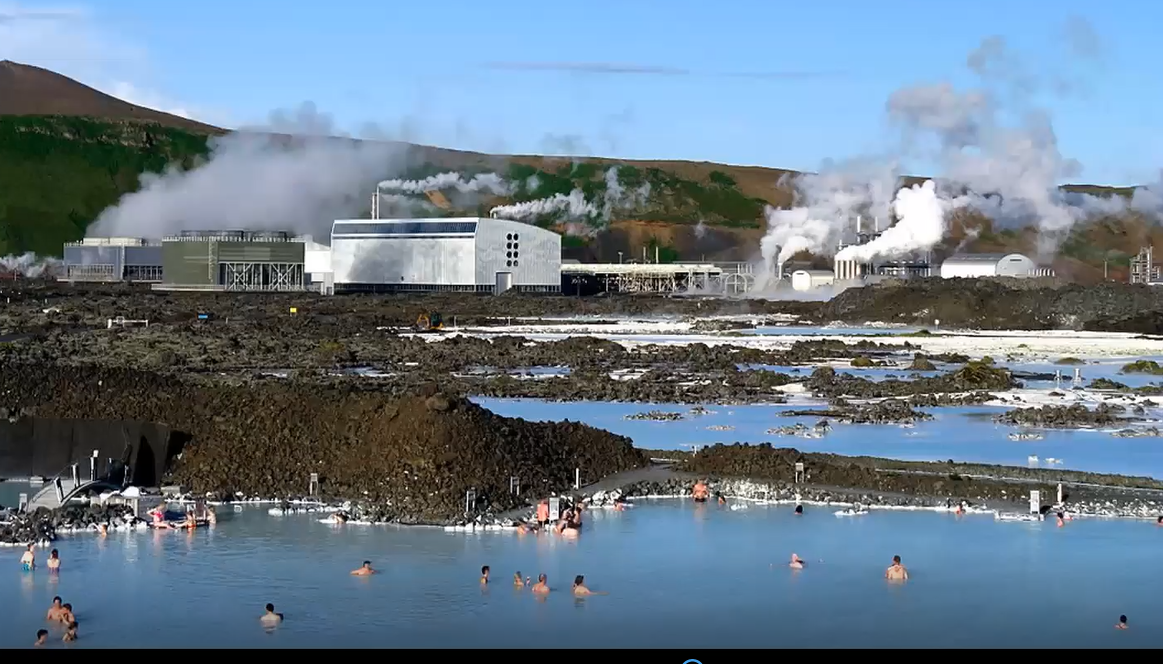
Clearly, the native Icelanders and visitors thoroughly enjoy the experience!

Dan said that Iceland is, in effect, a giant Yellowstone National Park and such sulfur laden pools and coves are prevalent throughout the island, exemplified by “Smoked Cove” shown below.
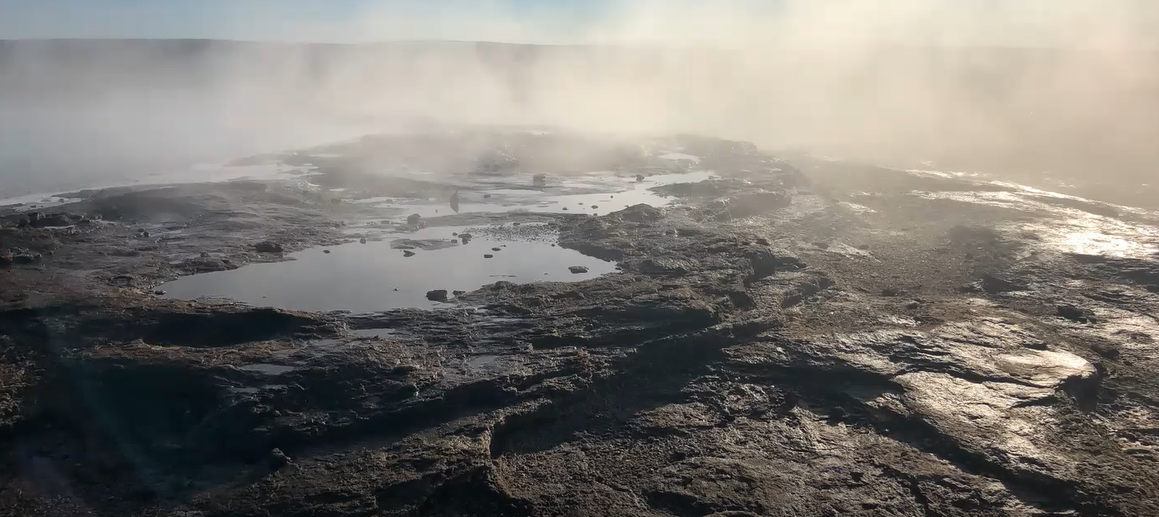
Dan said that for about the past 1,000 years in Iceland, there was no recorded history of volcanoes’ eruptions having produced any lava flows. But on March 19th, 2021, several months before Dan’s party arrived, there were lots of earthquakes and there was one volcanic eruption that produced a lava flow. Unlike the 2010 volcano eruption, this recent one had no ash depositions and it was a shield volcano.
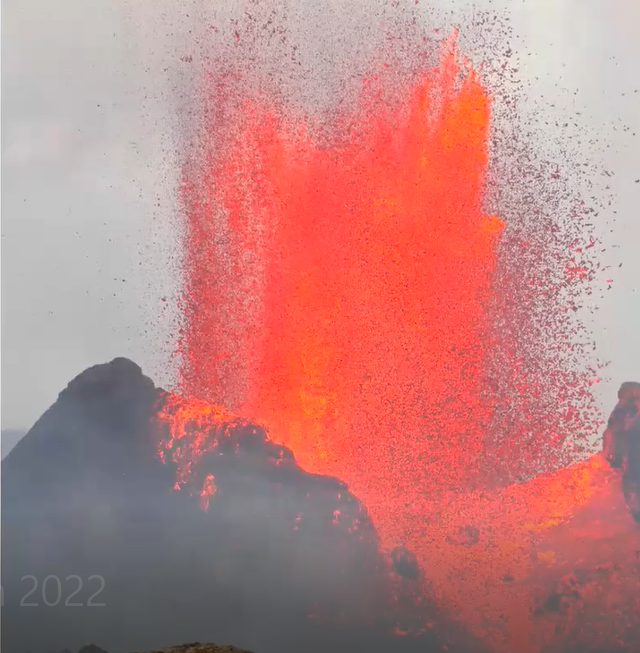
Dan explained that this 2021 Icelandic volcano is rare in that the island nation has no other shield volcanos. He said this 2021 eruption was similar to eruptions from the well-known Hawaiian Kilauea volcano. Both produced a lava fountain and both are shield volcanos. Kilauea, unlike the 2021 relatively calm Icelandic volcano, continues to be active and has destroyed many homes.
To have more fun and to learn more about Iceland’s geology, you will want to watch the entire recorded video program. You will also learn about:
· The rest of Dan’s geologic expedition to Iceland,
· The volcano’s “approachability”
· The lava’s mineral content (silica & basalt)
· Interesting Q & A session between Dan and attendees
· Why there seems to be an absence of obsidian
· The island’s late-fall northern lights and local hospitality
· And Dan’s imitation of a tour guide.
The recorded video of Dan’s presentations is less than an hour. Click on the link here to see the entire video. Enjoy.
